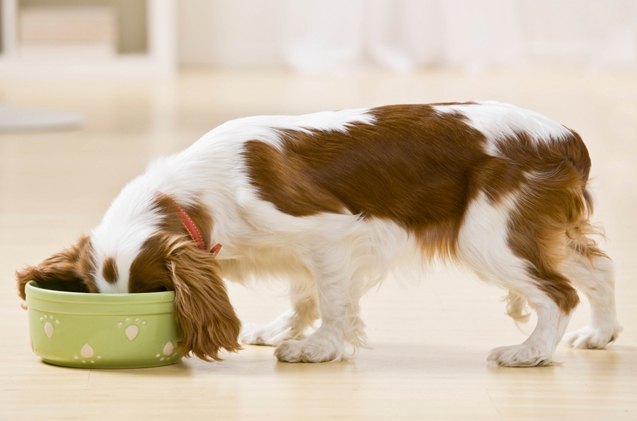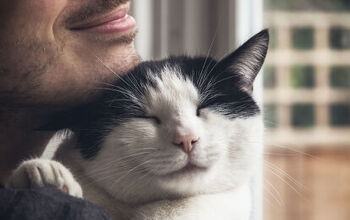Let’s Talk About Rotation Feeding for Dogs

Regardless what your diet looks like, you probably don’t eat the exact same foods for every meal every day – so why should your dog? Many pet owners are under the impression that once they choose a food for their dog they shouldn’t switch it. While making sudden changes to your dog’s dietary routine can cause gastrointestinal upset, it can be very beneficial to change your dog’s menu occasionally – this is called rotation feeding. In this article you will learn the basics regarding what rotation feeding is, how it can benefit your dog and what you have to do to implement it yourself.
What is Rotation Feeding?
Also referred to as diet rotation, rotation feeding simply involves changing what you feed your dog on a daily or weekly basis. Rotation feeding can also be done for longer periods of time such as one or several months. If you think about it, domestic dogs are descendant from wild dogs – in the wild, dogs function like scavengers, to some degree, eating whatever food they can find. This being the case, it is unlikely that a wild dog will eat the same meal day in and day out for their entire lives. Rotation feeding is based on the natural philosophy that giving your dog nutritional variety is healthy and enjoyable. Not only does your dog benefit from receiving a wide variety of nutrients, but he also gets to enjoy different flavors and textures.
Benefits of Rotation Feeding
When it comes to choosing a food for your dog, it is easy to become overwhelmed by the sheer number of options. Even if you can choose the brand you want, you will probably also have to decide between a number of different formulas. The truth of the matter is that there is no “perfect” dog food – any number of products can meet your dog’s nutritional needs. While many dog foods are considered “healthy” in terms of providing nutritional adequacy, some foods contain more of certain nutrients than your dog actually needs and this excess can become dangerous over a long period of time.
The main benefit of rotational feeding is that it minimizes the consequences of feeding your dog the same food every day. If one dog food formula is very good for your dog but has a little too much potassium in it, for example, you can mitigate the effects of potassium overdose by only using that food a few times a week. Periodically switching your dog’s food will also keep him from becoming bored with his menu – some picky dogs eventually come to refuse their food because it no longer appeals to them.
How to Implement Rotation Feeding
The best way to implement rotational feeding is to start when your dog is young. This isn’t to say, however, that rotation feeding can’t be started when the dog is older – it is just easier for a puppy to adjust to dietary changes. In order to reduce the risk for gastrointestinal upset, it is generally recommended that you rotate foods within one brand.
An example of rotation feeding might look like this:
Feed a normal portion of Brand X dry kibble + ¼ small can Brand X wet food flavor Y on a daily basis until the can of wet food flavor Y runs out. Continue feeding Brand X kibble but use a different flavor of wet food – repeat as each can runs out. When you run out of Brand X kibble you have the choice of switching to another flavor within the same brand or another brand entirely.
Rotation feeding is very simple to implement into your dog’s menu, you just have to use a little creativity. Take advantage of the flavor options your favorite brand has to offer and don’t be afraid to try out new brands if you find one that has a more complete nutritional profile. Be aware, however, that rotation feeding can make it difficult to keep such a wide variety of foods fresh so you should purchase your dog’s food in smaller quantities.

Kate Barrington is the loving owner of two cats (Bagel and Munchkin) and a noisy herd of guinea pigs. Having grown up with golden retrievers, Kate has a great deal of experience with dogs but labels herself a lover of all pets. Having received a Bachelor's degree in English, Kate has combined her love for pets and her passion for writing to create her own freelance writing business, specializing in the pet niche.
More by Kate Barrington























